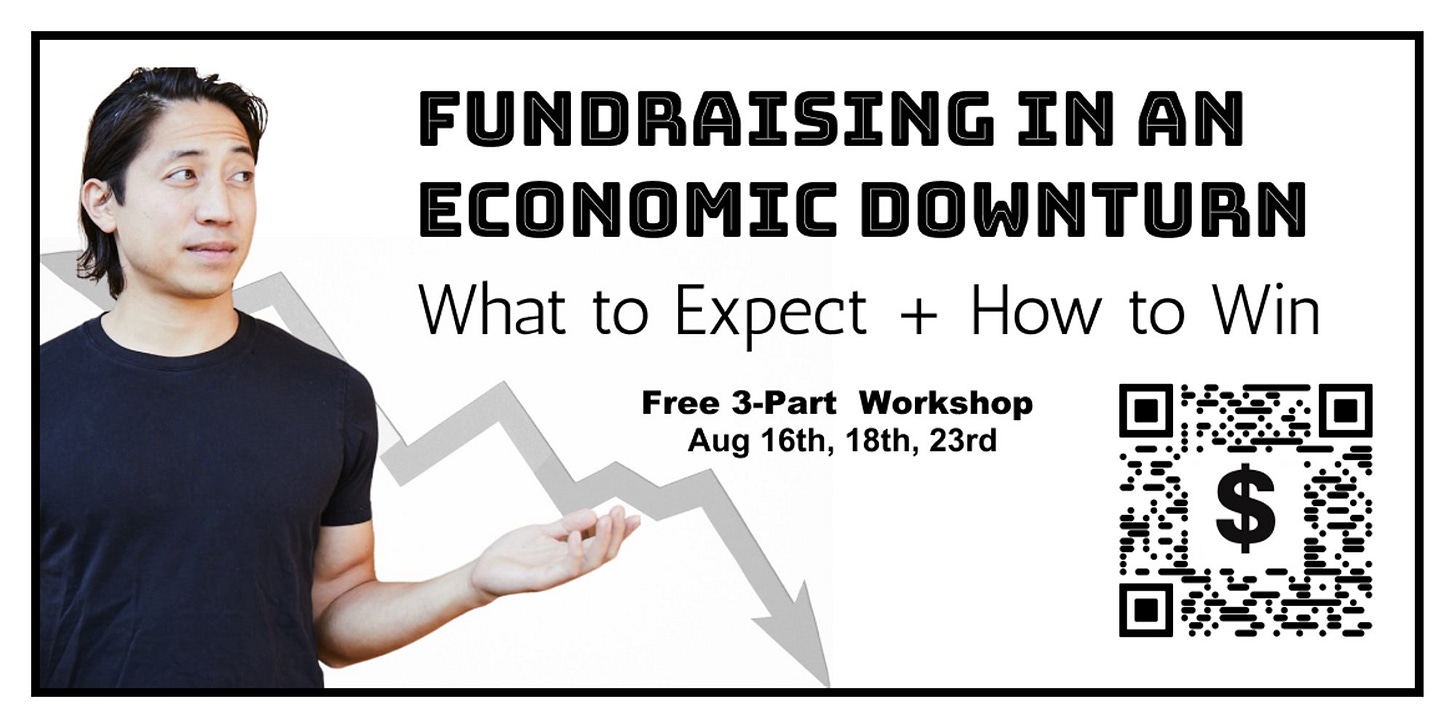Raising $ this fall? Find out how to do it right.
Reserve your spot in my free workshop:
Fundraising in an Economic Downturn: What to Expect & How to Win
When is a SAFE Unsafe?
Earlier this year I posted a Twitter thread that went viral. Here was the lead into that thread:

You might think the thread is just a list of complaints. It's not.
To make sure people understood my point, I started with background/history and explained basic mechanics of a SAFE.
It spread because I explained a topic most founders don’t understand but are too ashamed to ask about. It doesn’t hurt that I exposed something insidious about SAFEs…
I converted the thread to more of an essay format. Enjoy!
The Danger of Post-Money SAFEs
I see hundreds of deals every year.
In the past 2 yrs, 99% of those deals under $3MM have been done on POST-money cap SAFEs. The crazy thing is 99% of founders don’t know how this fairly new fundraising instrument works.
The worst part is that this ignorance comes with a major cost…
First a bit of history
In the beginning, people made their investments into startups via the direct purchase of equity. Companies would collect money and issue equity. This is an involved process that requires extensive legal work. And any time the words “extensive” and “legal” come together you know you’re talking about large amounts of time and money.
This made raising capital at the earliest stages of companies more complicated than necessary.
To address that, the convertible note was introduced. With this new format, companies could quickly raise money using a 2-3 page legal document.
Convertible notes were a debt agreement that would convert into equity when the company raised an equity round in the future.
The speed and relative simplicity of convertible notes were great, but they had annoying parts too. They were inconsistent between law firms and included elements of debt that didn't apply to startups.
Startups didn’t have any other options when it came to faster ways to raise capital so they lived with the pain. The downsides were just a cost of doing business.
...until the SAFE arrived
SAFE stands for Simple Agreement for Future Equity
YC introduced the first SAFE in 2014 to great fanfare. Why? SAFEs represented a standardized, founder-friendly replacement to the convertible note (the old way startups raised money quickly).
SAFEs eliminated a lot of annoying features in convertible notes like interest and maturation dates. More importantly, YC pushed it to all 100+ graduating companies. When the most sought after startup investments all use the same documentation, it effectively creates a standard. This standard did a lot for the broader startup community by eliminating lots of legal money and time wasted. It was a godsend to founders.
The first SAFE used PRE-money caps.
But what are “caps”?
The cap is a number that determines the valuation used to calculate ownership for SAFE holders when it converts (in most cases).
The exception is when a company raises an equity round at a valuation that is lower than the cap. The details of that can be saved for another post because it happens so infrequently.
Here is a spelled out example:
(click to read the example and full post....)
Small asks!
If you thought this was helpful or enjoyable in anyway, I’d love for you to:
Forward this newsletter with others who would enjoy it
Follow me on Twitter where I’ve begun building in public (my course, my podcast, etc)!
Listen with a friend to Funded, my podcast that tells the rollercoaster stories of how founders raised millions (and subscribe🙏)
Ask me your fundraising questions so I can help you and cover them in a future issue



